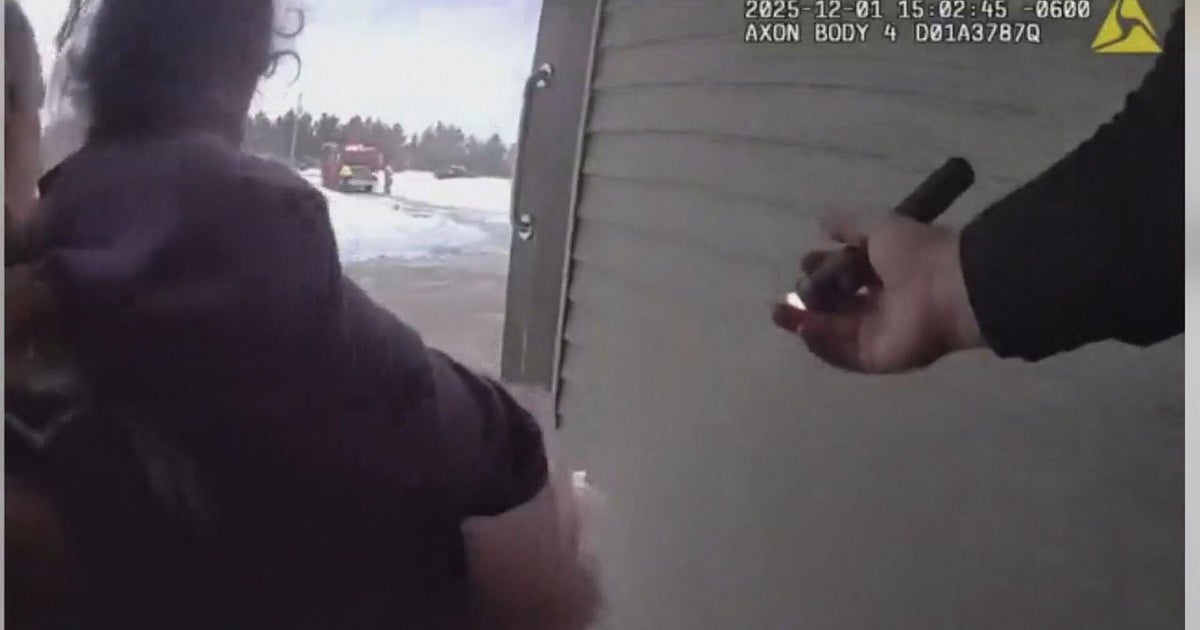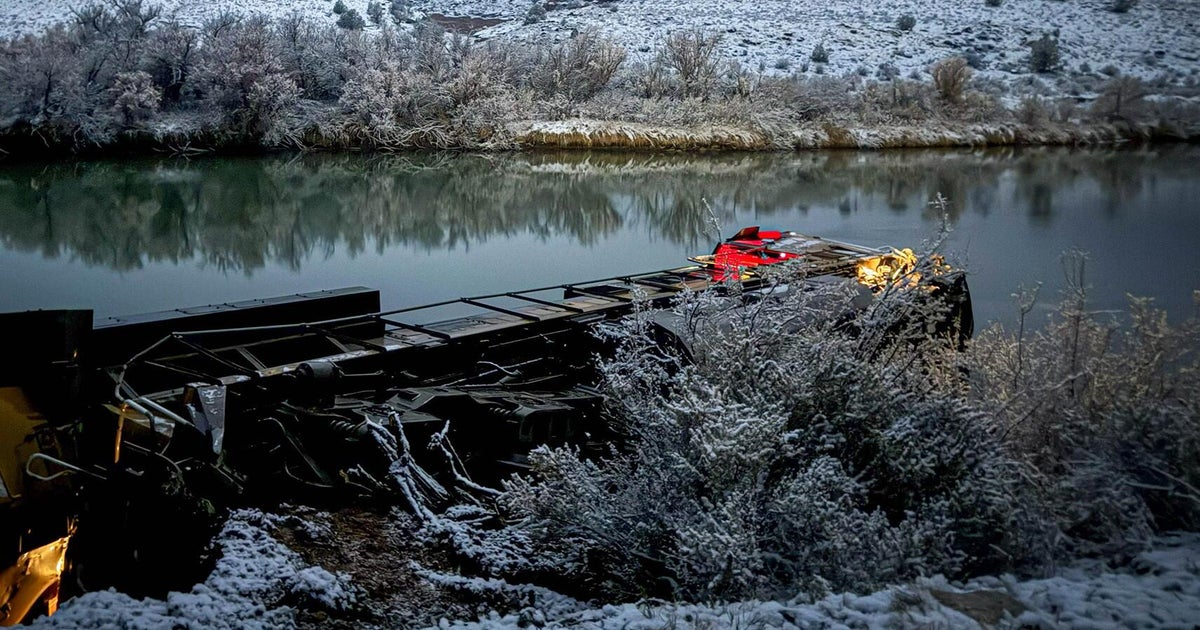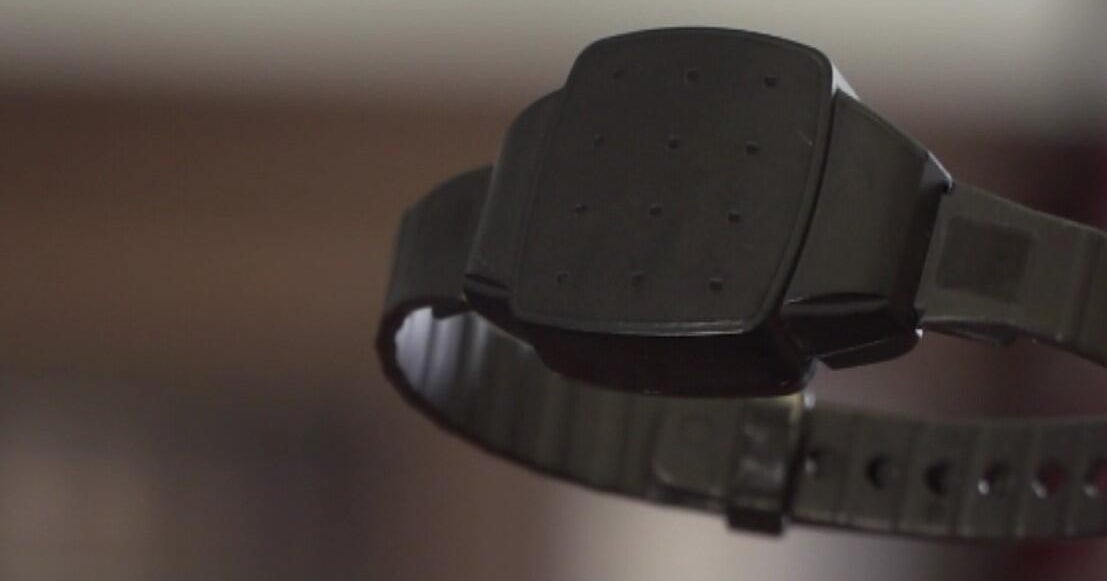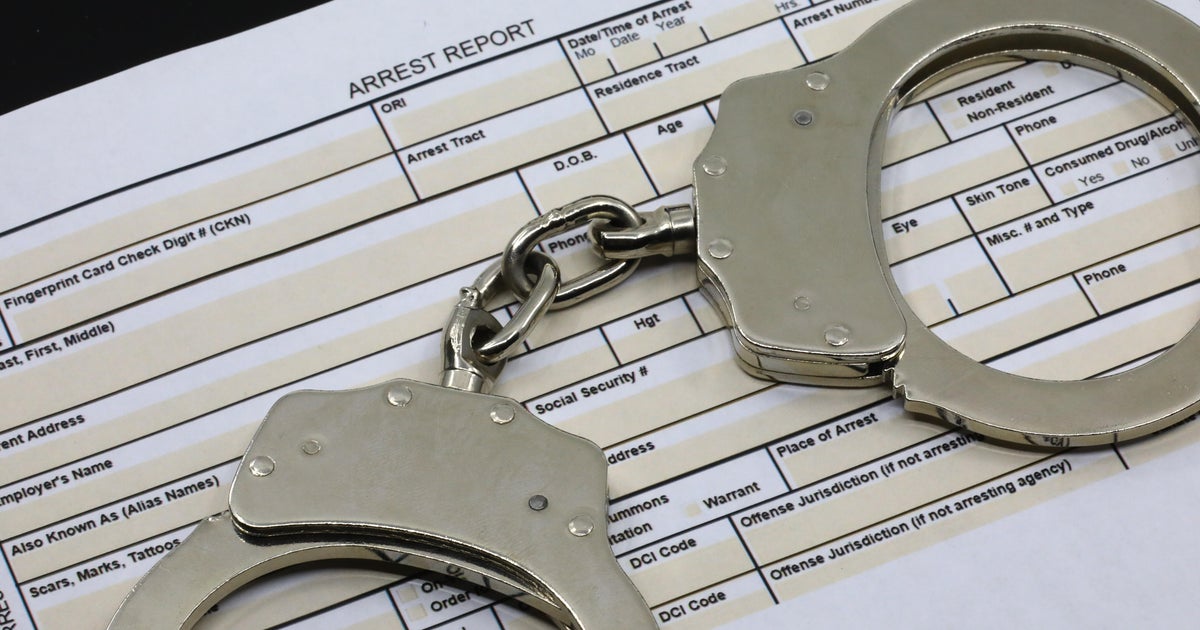Sheriff: 200 anglers rescued after large ice chunk breaks free on Upper Red Lake
UPPER RED LAKE, Minn. -- The Beltrami County Sheriff's Office says about 200 anglers were stranded on Upper Red Lake after a large ice chunk broke free Monday.
The sheriff's office said the group was stranded by about 30 yards of open water. A temporary ice bridge was set up at JR's Corner Access to help anglers get across the open water.
Adam Studnisky, president of JR's Corner Access, says the ice began shifting at around 11:30 a.m. Monday. He says he and other people from nearby resorts were able to use their ATVs to get out on the ice and alert people who were fishing.
Studnisky says that the temporary bridge was set up at 12:30 p.m. It took deputies and first responders about two hours to free everyone. There were no reported injuries.
Shane Youngbauer is an Upper Red Lake fishing guide who went live on social media after the ice crack.
"Basically midday it just, you know, wind shifted and blew it apart," Youngbauer said. "Mother Nature!"
According to first responders, it's possible many folks on the ice didn't even know they were in 60 feet of open water, so the sheriff sent an evacuation order via emergency text message.
Nicole Biagi, the Minnesota Department of Natural Resources' ice safety coordinator, says just because it's cold it doesn't mean automatically the lake, river or stream or pond will freeze especially to that safe level. She recommends a minimum 4-6 inches of ice for any activity – but no ice is 100% safe.
"It can be temperatures, snow cover, wind, current, depth of the lake," Biagi said. "Even if you see somebody else out on the lake or river, body of water, it doesn't mean that it's safe. They may not have checked properly, and because conditions are changing constantly, maybe they did check and now it's not safe."
She is urging everyone going on the ice to always wear a life jacket or buoyant clothing, plus bring along a set of ice picks to help claw yourself out of the water in case of emergency.
The DNR does not measure ice thickness on Minnesota lakes. They say your safety is your responsibility, and recommend checking ice thickness at least every 150 feet.
The sheriff's office says this should serve as a reminder that early-season ice can be unpredictable.









